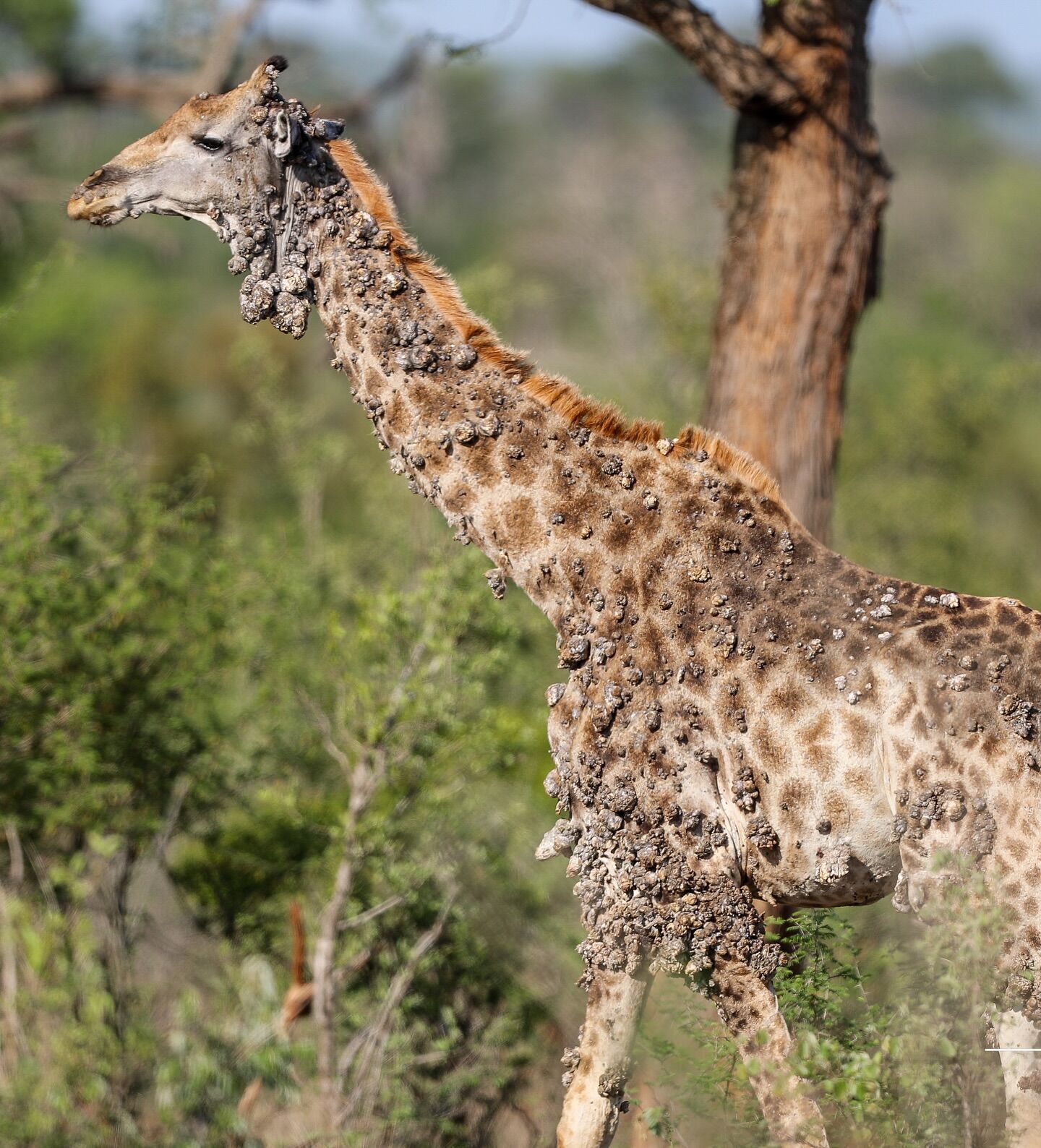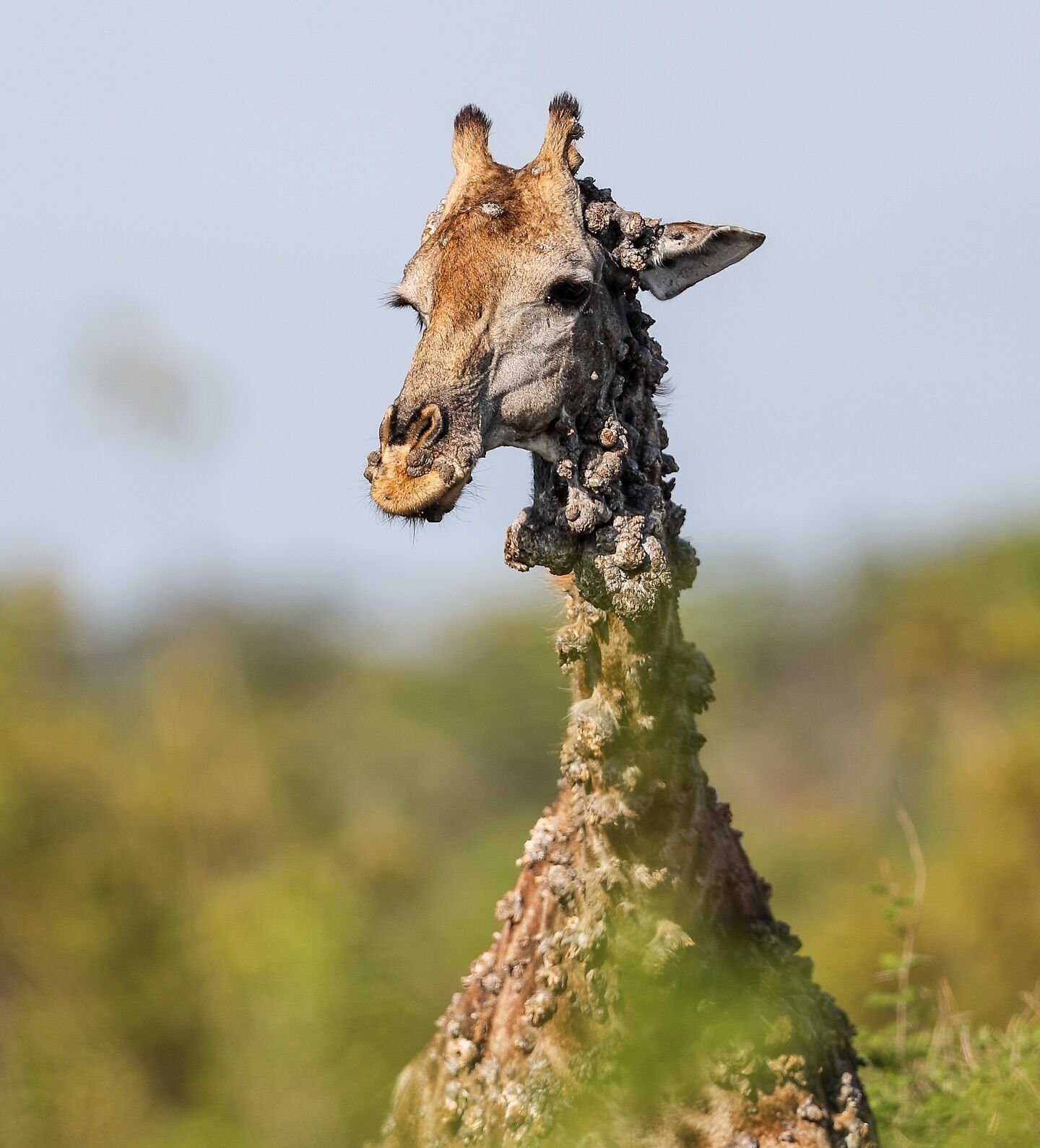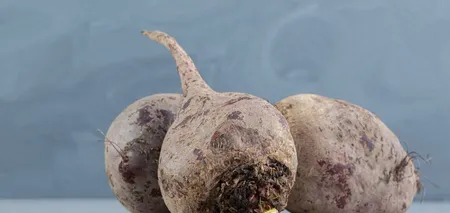News
A giraffe with a rare disease was photographed in South Africa: the entire body of the animal is covered with growths
In the Kruger National Park in South Africa, wildlife photographer Marius Nortje spotted a giraffe with a body covered with growths. Scientists suggest that these skin lesions may be caused by the bovine papillomavirus (BPV).
Experts note that giraffes are extremely rarely affected by this virus. Therefore, it is difficult to say whether the animal will recover, LiveScience writes.
Gemma Campling, Director General of the World Veterinary Organization Worldwide Vets, suspects that this giraffe could have been infected with the bovine papillomavirus, which is common among cows and rarely infects giraffes, antelopes, and zebras.
According to experts, this virus is transmitted through contact. In this case, veterinarians assume that "birds, sitting on giraffes and pecking out their natural parasites, spread the disease from one animal to another," Worldwide Vets experts said on the organization's Facebook page.
Ticks can also spread the virus from the blood of an infected animal to a new host, such as a giraffe.
"Giraffe infection with this virus is a fairly new and rare phenomenon, and we have only a few cases to learn from. It is therefore difficult to say whether the giraffe will be cured and recover," said Gemma Campling.
Unfortunately, there is no treatment for this disease for giraffes, but sometimes the lesions can spontaneously regress, leading to recovery. In severe cases, it can interfere with movement and feeding, or lead to fatal secondary infections.
In 2007, researchers had already documented two giraffes in Kruger National Park that had "extensive lesions" similar to those. Back then, to prevent the spread of infection, both giraffes were euthanized, and subsequent DNA tests revealed bovine papillomavirus on their skin, Campling noted.
In this case, the growths do not appear to affect the giraffe's ability to feed. "This means that the animal is likely to live a normal life despite its condition," the expert said hopefully.
Currently, there are no plans to kill the giraffe. "Veterinarians are aware of the disease and have decided not to euthanize it now because the pathogen does not spread quickly," added Gemma Campling.
Defenders of wildlife will continue to closely monitor the sick giraffe.
Only verified information is available on the OBOZ.UA Telegram channel and Viber. Do not fall for fakes!





























